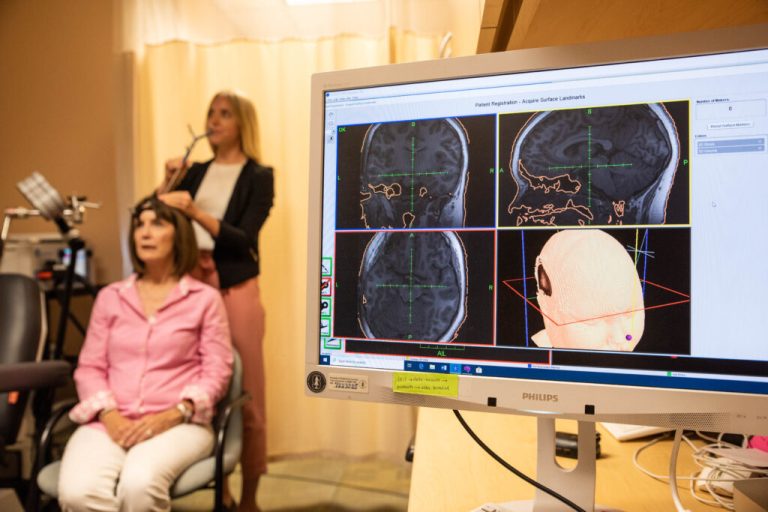There are about 288,300 new cases of prostate cancer in the United States each year, according to the American Cancer Society, and it’s the second most common cancer for men — roughly 1 in 8 will be diagnosed with it in his lifetime. But it’s also among the most survivable cancers. In fact, a new study found that localized prostate cancer with low or intermediate risk may not even need immediate treatment.
Per the study, published in The New England Journal of Medicine, patients with prostate cancer who delayed treatment didn’t have an increased mortality rate compared to those who sought immediate treatment. Men who delayed instead were actively monitored, during which physicians tracked the growth of the cancer over time rather than performing radiotherapy or surgery. In the end, active monitoring produced the same high survival rates as traditional treatment over a 15-year period.
“It’s clear that, unlike many other cancers, a diagnosis of prostate cancer should not be a cause for panic or rushed decision making,” Dr. Freddie Hamdy, the lead investigator and a University of Oxford professor, said in a press release. “Patients and clinicians can and should take their time to weigh up the benefits and possible harms of different treatments in the knowledge that this will not adversely affect their survival.”
Funded by the National Institute for Health and Care Research, researchers monitored 1,643 men aged 50-69 over 15 years in the U.K. All had been diagnosed with localized prostate cancer between 1999 and 2009. The trial examined the long-term efficiency of three different treatment plans: surgery, radiotherapy, and active monitoring, with about a third of the trial participants opting for each treatment.
Researchers measured how the participants’ cancers progressed based on treatment and tracked mortality rates, cancer progression and spread, and the impact of treatments on quality of life. “Patients from all three groups reported similar overall quality of life, in terms of their general mental and physical health,” per the press release. “But the negative effects of surgery or radiotherapy on urinary, bowel and sexual function were found to persist much longer than previously thought.”
According to earlier findings, the men who opted for active monitoring had twice the likelihood of their prostate cancer metastasising by the 10-year mark than those who opted for treatment, though that didn’t change the mortality rate five years later. The trial also showed that in some cases, prostate cancer was initially mislabeled as “low risk” and later identified as “intermediate risk.” Some patients passed away from cancer that was initially labeled as lower risk, highlighting the need for further study.
“Most men with localized prostate cancer are likely to live for a long time, whether or not they receive invasive treatment and whether or not their disease has spread, so a quick decision for treatment is not necessary and could cause harm,” Hamdy said. “It’s also now clear that a small group of men with aggressive disease are unable to benefit from any of the current treatments, however early these are given. We need to both improve our ability to identify these cases and our ability to treat them.”
In a separate study published by the European Association of Urology, a new advanced imaging system showed a clearer view of potential tumors in the prostate. If proven viable, this technology could further aid doctors in developing the best treatment plans for patients.












